Everyone seems to have a very different definition of “affordability” when it comes to speaker cables and interconnects, but even the most cynical audiophile would have to agree that Monoprice and SVS have cornered the market on cables priced below $100. Both manufacturers also offer amplifiers, subwoofers, and a wide range of loudspeakers and most of their customers are looking for affordable cables that work well with their respective products. The SVS SoundPath Ultra Bi-Wire Speaker Cables feature advanced shielding from interference and are hand-soldered with a user’s choice of banana plugs, spades, or bare wire for use with speakers featuring dual binding posts.
The prices on the entire range of SoundPath cables are refreshing; because nobody needs to spend $3,000 on a power cable or 1 meter pair of interconnects.
Tip: What is Bi-wiring?
To ensure pristine signal transfer, each SVS SoundPath Ultra Bi-Wire Speaker Cable is made with dual braided balanced conductors with a total of 82 strands of 99.99% pure copper across both conductors.

This rating matches up with the finest speaker cables in the world and lets SVS SoundPath Ultra Bi-Wire Speaker Cables transmit a consistent signal with absolute purity. Potential benefits of bi-wiring speakers include reduced interference, improved signal isolation, enhanced dynamics, and better driver control for tighter bass and overall balance.
An innovative three-layer shielding system rejects nearly RF noise and interference to ensure pristine signal transfer. Precision machined and anodized aircraft grade aluminum body surrounds multiple PVC dielectric cores to protect each conductor from any interference in the bi-wire cables. The stylish outer braided cotton jacket adds durability, grip, and protection against physical wear and tear.

“Cables should never be the weakest link in your system, nor should they cost more than your speakers and components,” said Gary Yacoubian, President, SVS. “Through inspired engineering and world-class materials, our new SoundPath Ultra Bi-Wire Speaker Cables maintain absolute signal purity and offer no compromises when compared to much higher priced audio cables.”
Availability
Availability will be early Q4 2023, pricing will be announced when shipping.
Other products in the SVS accessories series include:
- SVS SoundPath Ultra HDMI Cable – from $29.99 at SVS (1 meter)
- SVS SoundPath Digital Optical Cable – from $29.99 at SVS (1 meter)
- SVS SoundPath Balanced XLR Cable – from $39.99 at SVS (1 meter)
- SVS SoundPath RCA Audio Interconnect Cable – from $24.99 at SVS (1 meter)
- SVS SoundPath Ultra Speaker Cable – from $43.99 at SVS (4 feet)
- SVS SoundPath Subwoofer Isolation System – $49.99 at SVS
- SVS SoundPath Tri-Band Full-range Wireless Transmitter – $199.99 at SVS
Related reading: Which SVS Subwoofer Should You Buy?
Tip: The Latest Stories from CEDIA Expo 2023.


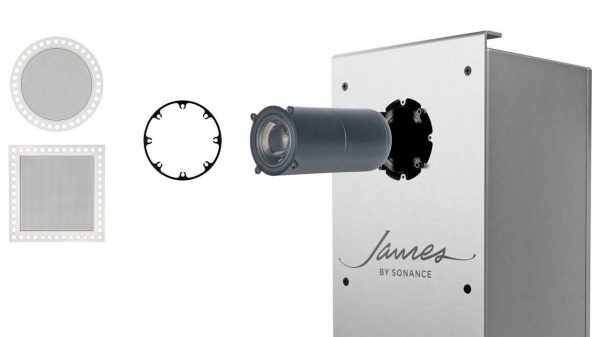


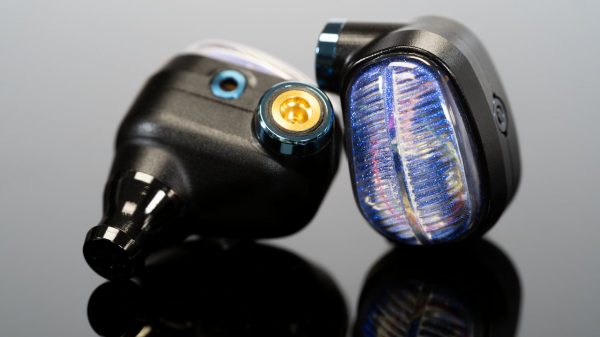

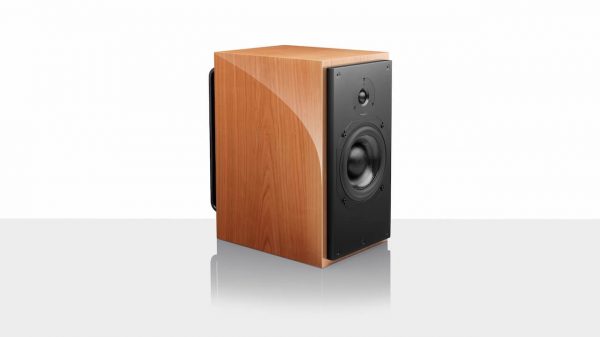

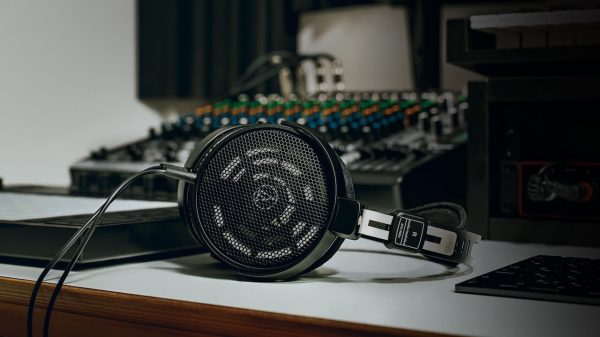











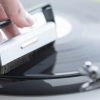
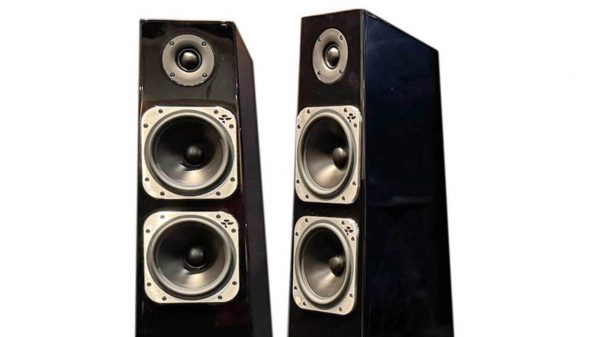
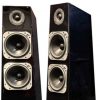

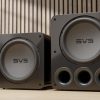
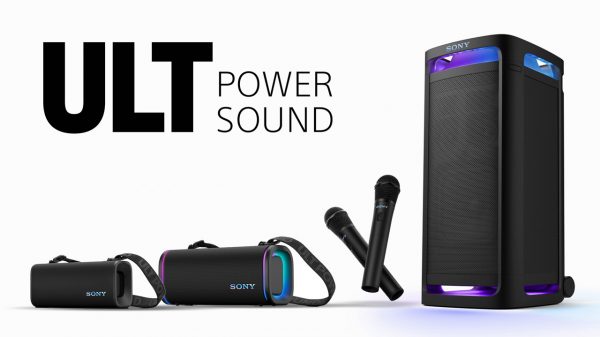
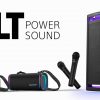













Greg Cockings
September 2, 2023 at 6:57 am
Having a paralleled set of speaker cables to accommodate dual binding posts on speakers does not present a good outcome for amplifiers. This significantly increases capacitance and inductance at the amplifier output terminals.oh yes, it marginally reduces cable DC resistance.
It’s different when bi-amping as there are 2 amplifiers driving each terminal pair on the speaker.
Paralleling speaker wires per channel is a no go for that specific reason.
Greg Cockings
September 2, 2023 at 7:01 am
In more extreme cases, this can cause some unusual impedance dips and potentially cause thermal runaway (parasitic oscillation) for the channel output devices
Greg Cockings
September 2, 2023 at 7:07 am
Why wouldn’t you use heavier 12gauge low resistance, oxygen free copper cable, leave the 2 bi wire terminal posts jumpered.
Michael T.
September 4, 2023 at 5:52 pm
No thanks! I’ll just stick to bi-amping with my DIY banana plugs and 12ga OFC cable. Any gains from bi-wiring are placebo. Matched amplifier channels and cable lengths for bi-amping produce measurable results. However, there are diminishing returns over single channel, single cable per speaker, that seems to work just fine for the majority of setups. Now XLR, can’t beat that. I mean, unless room temperature superconductors become a thing any time soon.